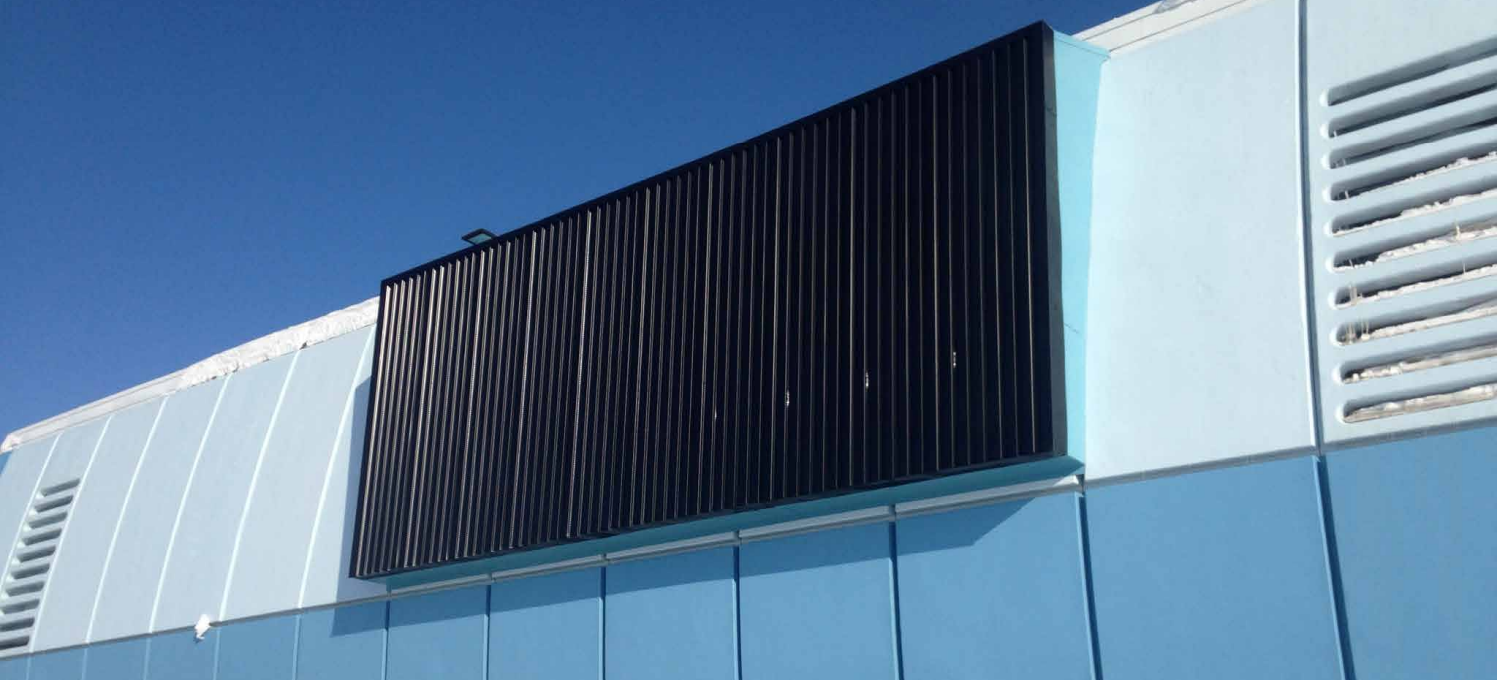
Renewable Solar Energy
Renewable solar energy systems help reduce a building’s demand on its primary heating and electrical systems. These systems generate electricity or thermal energy using the sun through solar energy-collecting technology installed on the roofs and walls of buildings. They allow each and every building to help meet some of its energy demand on site. The benefit to the building is also environmental, since these systems have a very low carbon footprint and are taking away demand from systems that run on oil.
